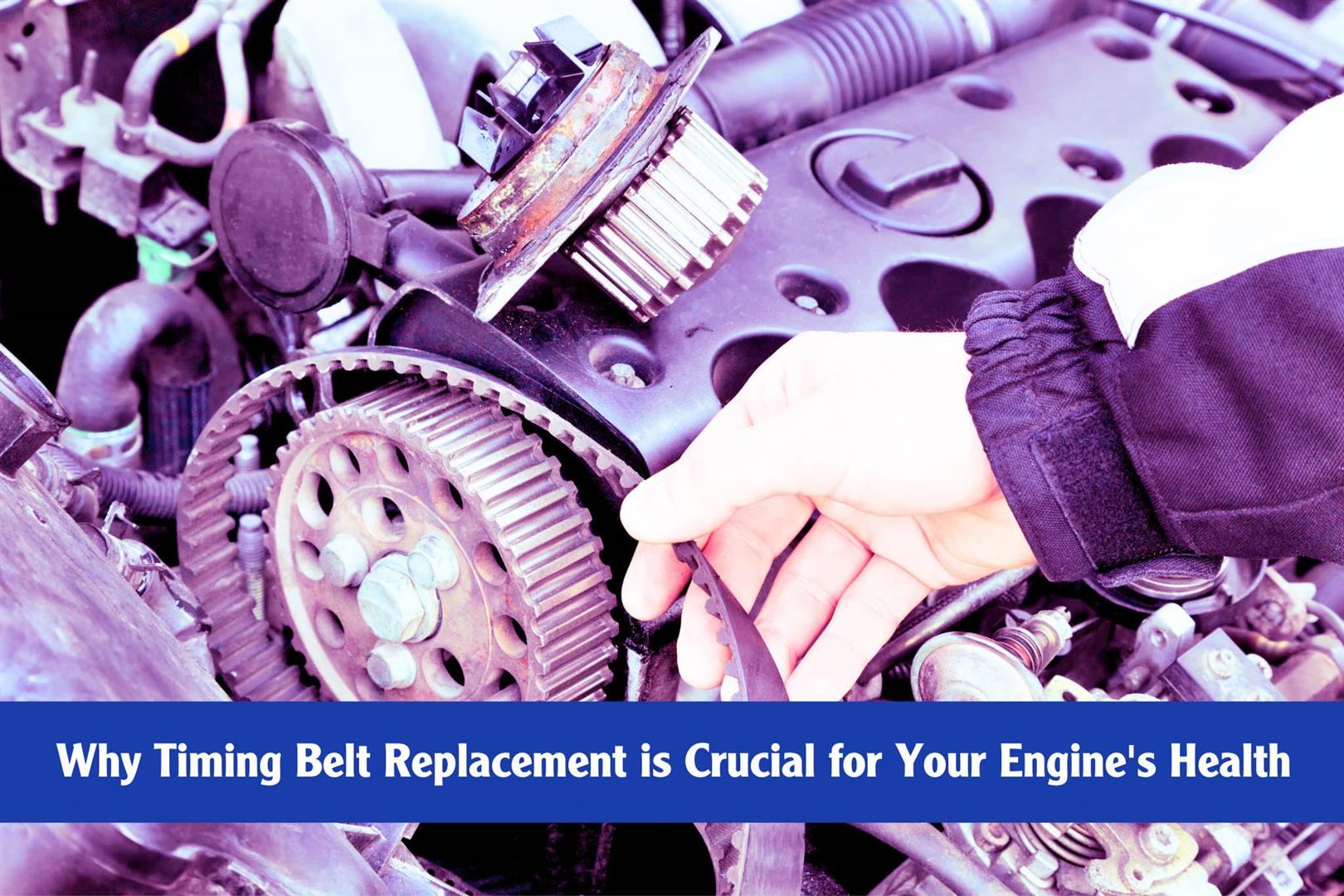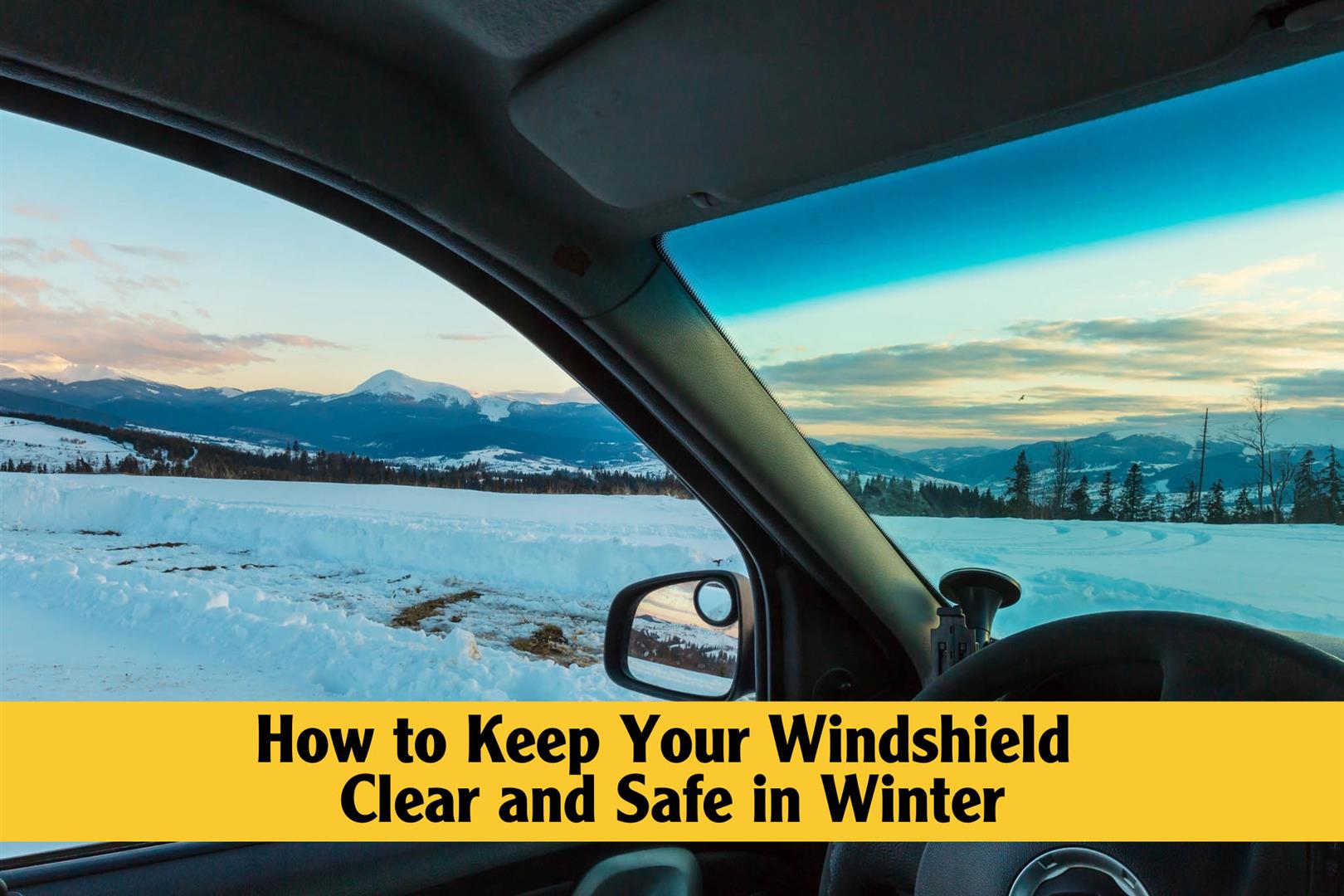Posted on 2/3/2025

Your vehicle’s timing belt is one of its most essential components, yet it often goes unnoticed until something goes wrong. A failed timing belt can lead to serious engine damage and costly repairs. In this article, we’ll explain what the timing belt does, why regular replacement is crucial, and how to ensure your engine stays in top shape. What Does a Timing Belt Do? The timing belt ensures your engine’s valves and pistons work in perfect harmony. It synchronizes the rotation of the camshaft and crankshaft so that the engine’s cylinders fire at the right time. If the timing belt fails, this precise coordination is disrupted, leading to engine misfires or, worse, catastrophic damage. It’s important to note, however, that not all vehicles have a timing belt—some use a timing chain, which has different maintenance needs. Why You Might Not Notice a Failing Timing Belt One of the challenges with timing belts is that ... read more
Posted on 1/15/2025

If you’ve noticed that your Subaru’s oil level is dropping faster than expected or spotted some blue smoke from the tailpipe, you’re likely wondering, “Why is my Subaru burning oil?” As your trusted local mechanic here in Boulder, Colorado, we’re here to break it down. Common Reasons Subarus Burn Oil Subaru engines are known for their durability, but like any car, they can develop quirks over time. Here are a few common causes of oil burning in Subarus: 1. Worn Piston Rings or Cylinder Walls Piston rings seal the combustion chamber in your engine. If they wear out, oil can seep into the combustion chamber and burn alongside fuel. This is a frequent issue in higher-mileage vehicles. 2. Valve Seal Issues Valve seals keep oil from entering the engine's combustion chamber. If they deteriorate, oil may find its way into the chamber, resulting in oil loss and exhaust smoke. 3. PCV (Po ... read more
Posted on 12/27/2024

Winter in Colorado can be tough on your vehicle, and your windshield is no exception. Whether you’re driving to Eldora for a ski day or commuting around Boulder, clear visibility is crucial for staying safe on icy roads. Here are some tips to keep your windshield clear and in top condition all winter long: 1. Inspect and Replace Wipers Your windshield wipers are your first line of defense against snow, ice, and road grime. Check for cracks or stiffness in the rubber, and replace them if they’re worn. Consider using winter wiper blades designed to handle snow and ice buildup. 2. Use the Right Windshield Washer Fluid Regular washer fluid can freeze in low temperatures, leaving you stranded without a way to clean your windshield. Switch to a winter-specific fluid with antifreeze properties to ensure it works even in sub-zero conditions. 3. Defrost Before Driving Never use hot water to remove ice from your windshield&mdas ... read more
Posted on 11/20/2024

Changing your car's oil is one of the most important things you can do to keep your engine running smoothly. But how often should you be doing it? The answer depends on several factors, like the type of oil you use, the age of your vehicle, and your driving habits. General Guidelines For most vehicles, it's recommended to change your oil every 5,000 to 7,500 miles if you're using conventional oil. If you're using synthetic oil, you can often go longer—up to 10,000 or even 15,000 miles between oil changes. Even though your vehicle can run up 10-15,000 miles with synthetic, that is often too long to go without having it inspected by a trusted mechanic, as other systems may develop problems in that time frame. Always refer to your owner's manual for the manufacturer’s recommendations. Driving Conditions Matter Something to bear in mind is that by most manufacturer's definition, driving in Colorado is considered ... read more
Posted on 9/30/2024

Fall in Colorado is a beautiful time of year, with vibrant colors, crisp air, and cooler temperatures. But as the season changes, so do the challenges that your vehicle faces. From unpredictable weather to temperature drops, fall can introduce a variety of car problems—especially if you’re heading into the mountains. Here are some common fall car issues and tips on how to prevent them: 1. Tire Pressure Drops As the temperatures in Boulder start to cool down, your tire pressure naturally drops. Cold air causes the air in your tires to contract, which can affect your handling, fuel efficiency, and tire wear. How to Prevent It: Regularly check your tire pressure as the weather cools, especially if you’re planning on driving into higher elevations where temperatures fluctuate more dramatically. Proper tire pressure is critical for staying safe on the wet and potentially slippery fall roads we often see in Colorado. 2. Battery ... read more